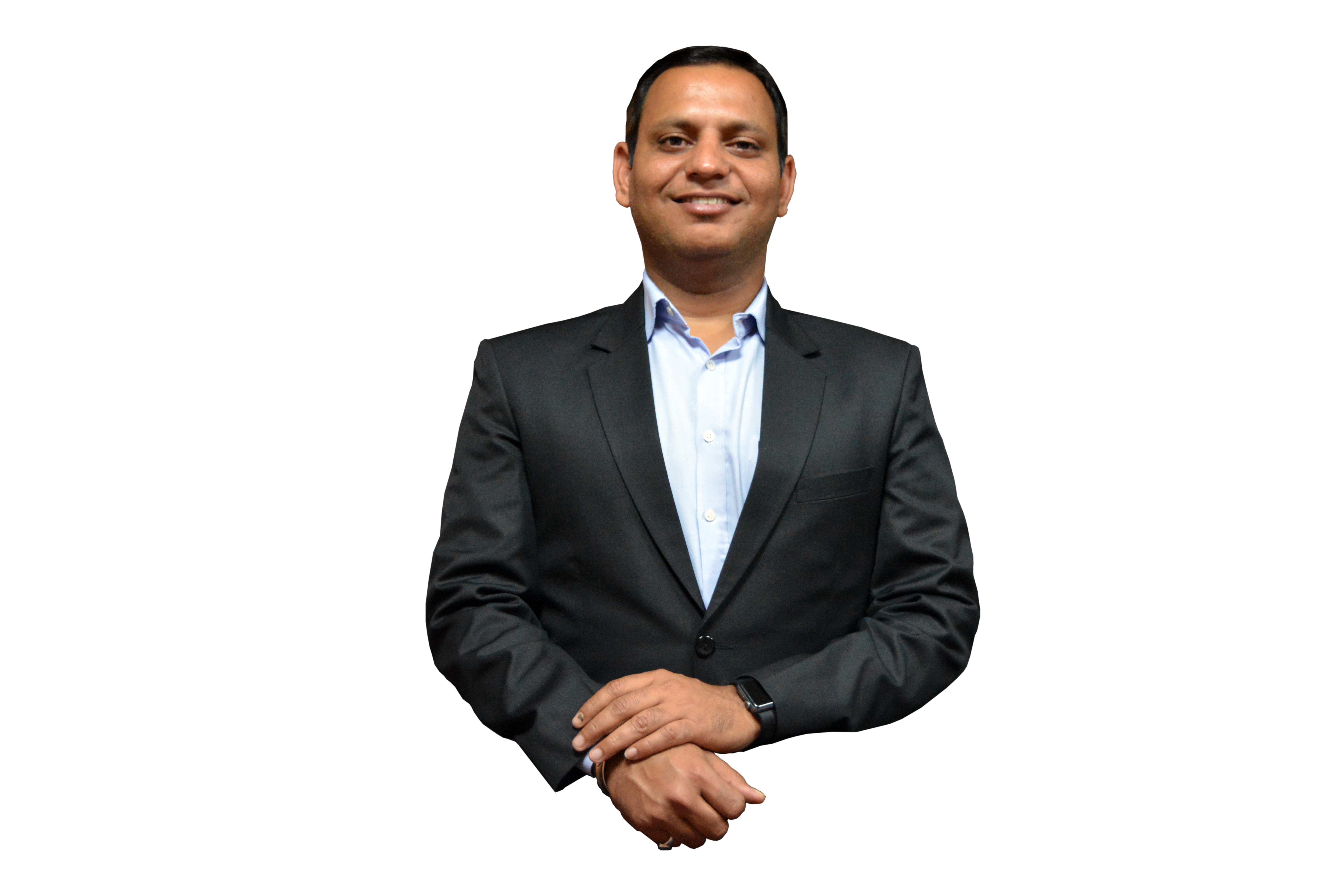It’s 7AM and the alarm clock is buzzing earlier than usual because the smart clock analyzed Jack’s schedule and adjusted it because he has to make it for the boardroom meeting at 10AM. The doorbell buzzes – it’s his vegan breakfast for one, delivered by drone.
As he goes about making his morning cup of coffee, Maya – an AI virtual assistant wishes him a good morning, gives him the weather forecast for the day and then goes on to update him with the minutes from the last board meeting, and explains what’s in store for the day’s meeting. Maya shares information about early warning signs in relation to the finance department – this is possible because of pre-programmed algorithms. Maya gives him the sales update from the past 3 quarters and highlights that there is a supply shortage for their new model of the electric SUV and informs that this needs to be addressed at the board meeting.
It’s 10AM – the boardroom has been transformed by AI/ML into a multimedia platform and a digital whiteboard enabling video-enhanced collaboration because no one is physically present for the meeting. AR enables board members to join in from different time zones.
It’s Jack’s turn to present – he puts on his AI wearable, and as he starts sharing action items – the system shares/tags relevant board members each of their deliverables and tasks; who have the option then of adding notes and constructing a narrative around it. Systems like augmented analytics, AI and AutoML have become increasingly social.
When it comes to discussing the design elements of the soon-to-launch concept car he deploys a hologram of the virtual car – that isn’t actually there, but looks as if it were. He goes on to talk about the driverless, electric car in the shape of a pod that can change colours at the tap of an app. He then beams himself into the room as he shares his closing comments. ‘Death by presentations’ are actually a thing of the past.
It’s time for a 15 minute break, before everyone re-groups. By now face tracking technology has detected the overall mood in the virtual boardroom in real-time, and the system reacts to these emotions accordingly. Depending on the mood – positive, neutral or negative, it adjusts music and starts playing. The system picks Jazz; Jack’s favourite genre of music.
By now, everything that was discussed in the boardroom has been collected in real-time with smart assistants churning all the data – so that everyone has access to information in context. Competitive intelligence and data credibility have become paramount given the connected and collaborative nature of technology. So has data privacy and cybersecurity – every device connected to the Internet is a potential target for hackers. Technologies are powered by the cloud allowing members to also use mixed reality, smart-screen touch, etc. and save everything on the cloud allowing them access long after the board meeting is over. Every boardroom meeting has data analytics at its back bone.
It’s time for the meeting to resume.
As board members start logging in, the youngest member of the board – Jai – a GenZ millennial asks Jack to share an instance of how work was done in the early 2000s when data was still not used as widely. It is difficult for him to understand a world without the use of data analytics.
Roger, the intelligent robot, welcomes everyone back to the meeting. Artificial intelligence and robotics have become highly collaborative. Jack takes over the rest of the meeting by sharing insights on growth since 2020, and how technological challenges have been addressed since then.
The meeting ends at 12noon – Jack leaves his work station and goes into the living room for a cup of coffee. Maya – the brain of his entire house – automatically plays So What from the album Kind of Blue by trumpeter Miles Davis.
The new digital world is powerful and one full of exciting opportunities, enabling us to think intuitively, with an analytical mindset on what is possible. If you have watched Star Trek, you may recall Mister Data, a self-aware, sentient, and anatomically fully-functional android with computational capabilities. He is a synthetic life form with artificial intelligence, has superior mental skills and offers an ‘outsider’s’ perspective on humanity. Maybe that’s a board member of the future?







